Insert copy here: These “Design Resources” are a series of short articles intended to provide designers with evidence-based information to address issues currently not covered in accessibility standards and provide suggestions for equivalent facilitation to accessibility standards where appropriate. Work on these articles will be ongoing and new topics will be added regularly. Individual articles will be updated with new research and links to key external references as they become available, so please check back regularly. These “Design Resources” are a series of short articles intended to provide designers with evidence-based information to address issues currently not covered in accessibility standards and provide suggestions for equivalent facilitation to accessibility standards where appropriate.
Work on these articles will be ongoing and new topics will be added regularly. Individual articles will be updated with new research and links to key external references as they become available, so please check back regularly.These “Design Resources” are a series of short articles intended to provide designers with evidence-based information to address issues currently not covered in accessibility standards and provide suggestions for equivalent facilitation to accessibility standards where appropriate.
Work on these articles will be ongoing and new topics will be added regularly. Individual articles will be updated with new research and links to key external references as they become available, so please check back regularly.

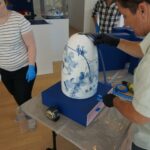

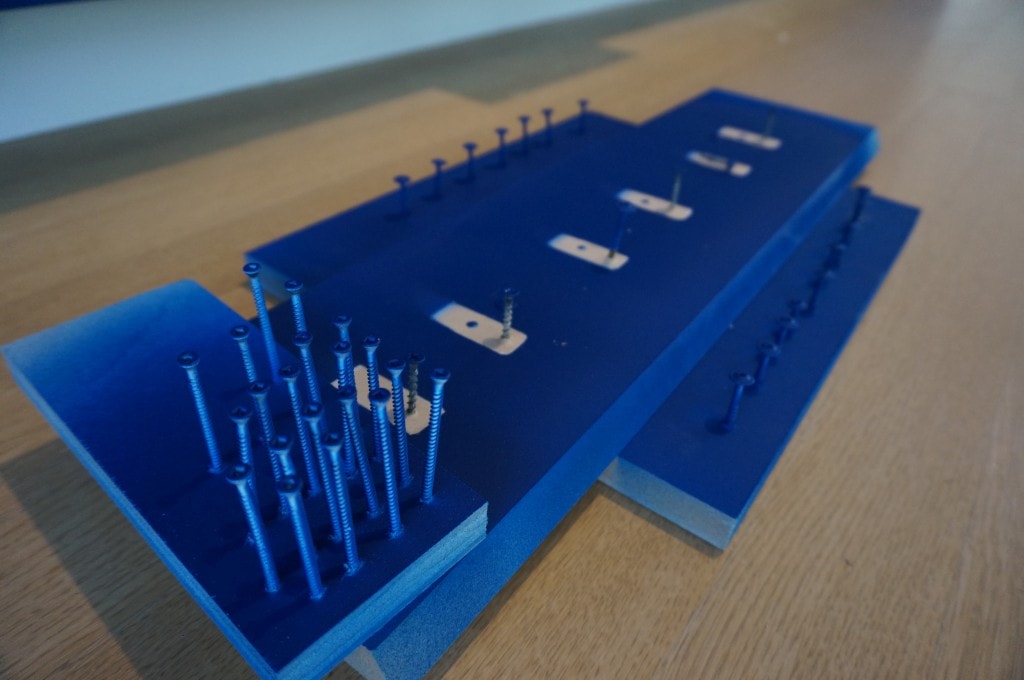
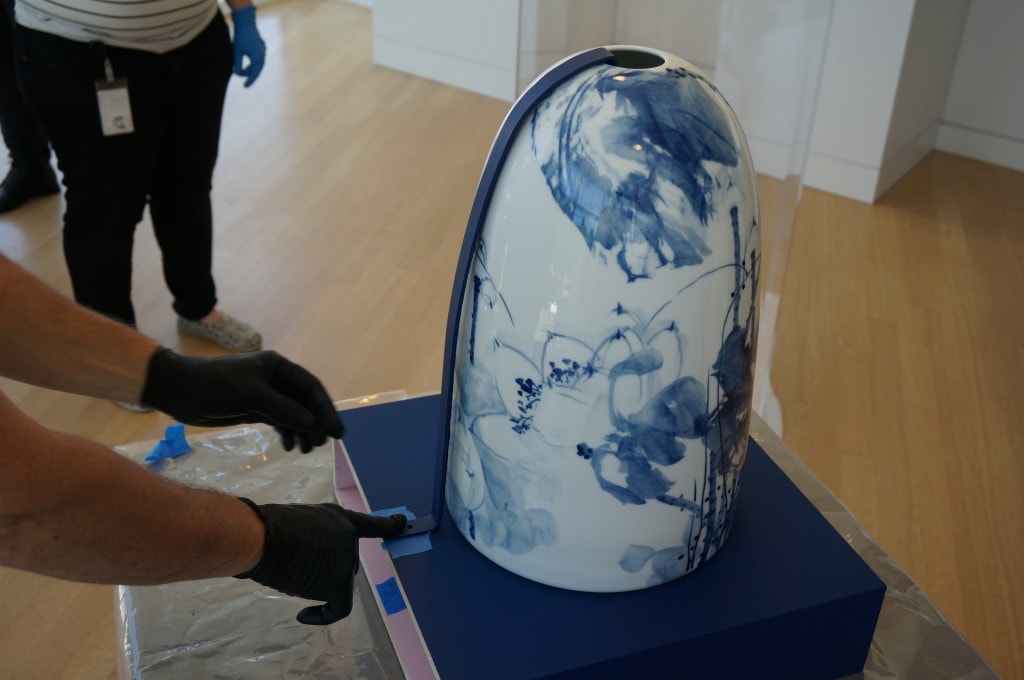
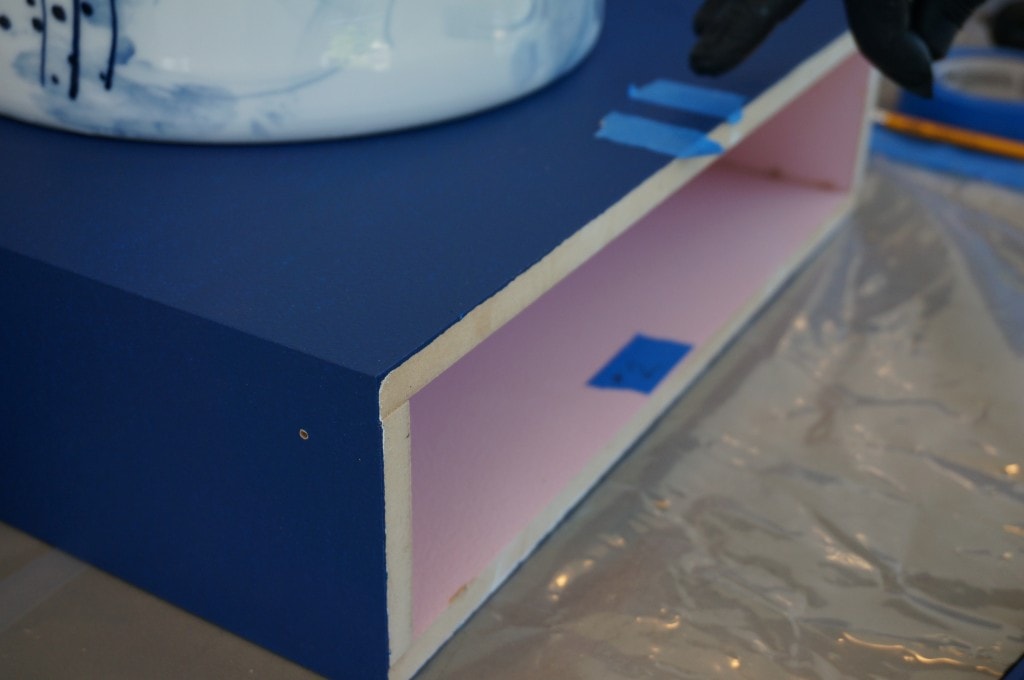
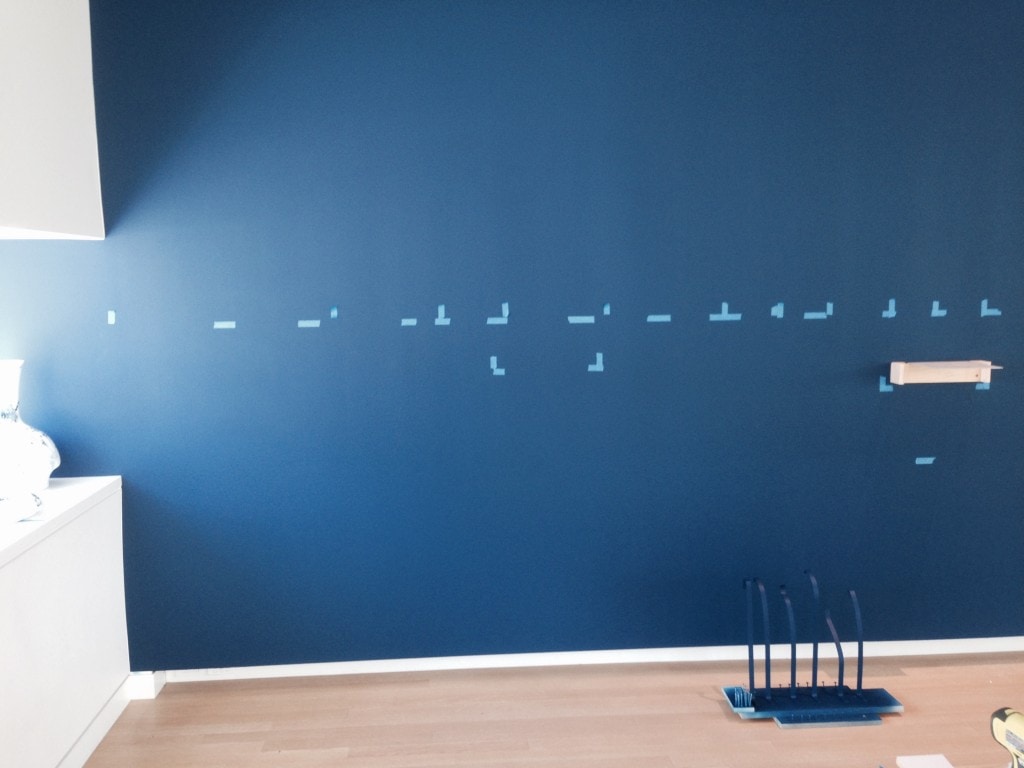
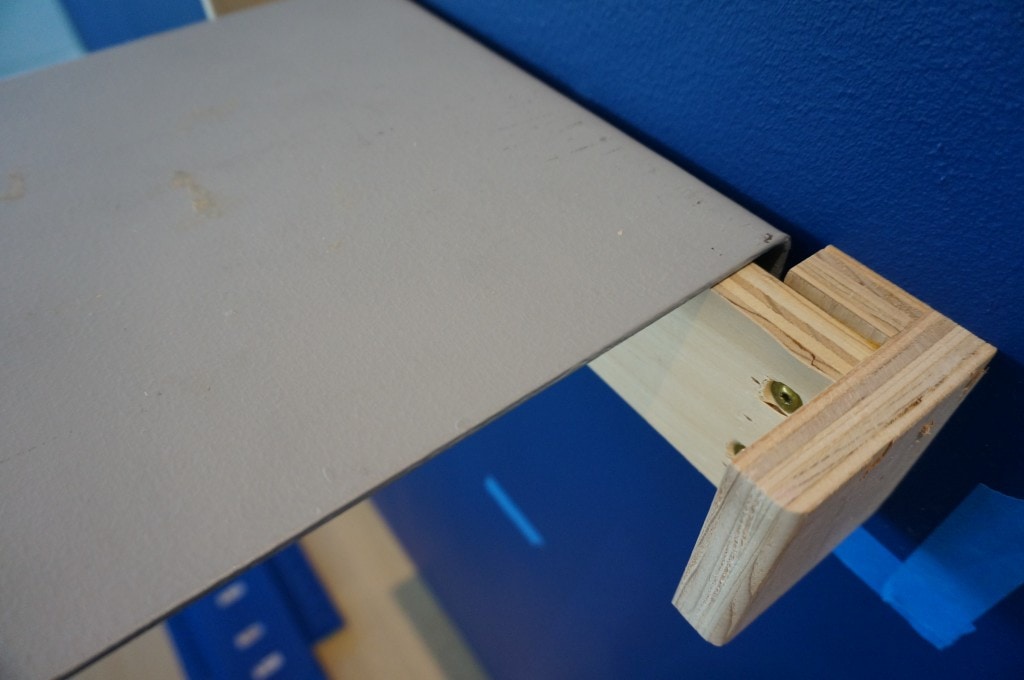
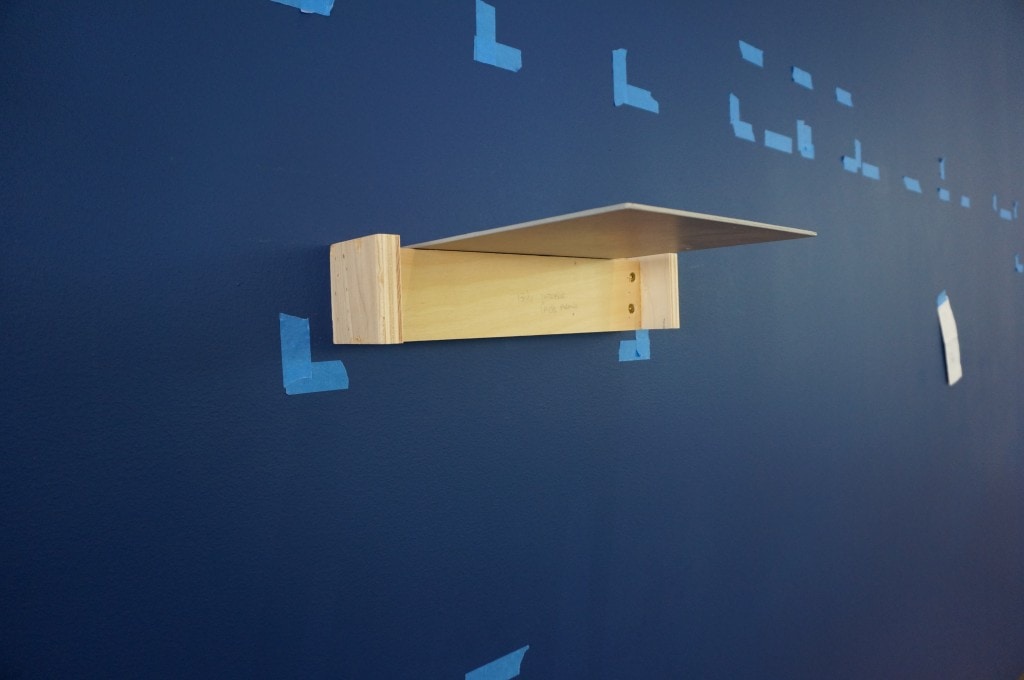
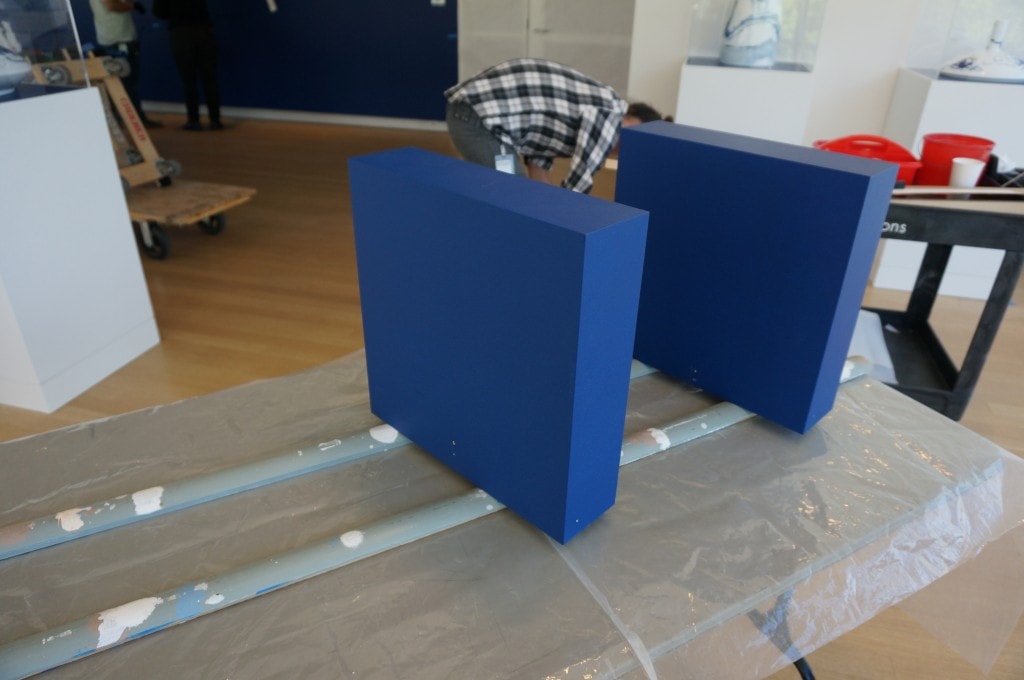

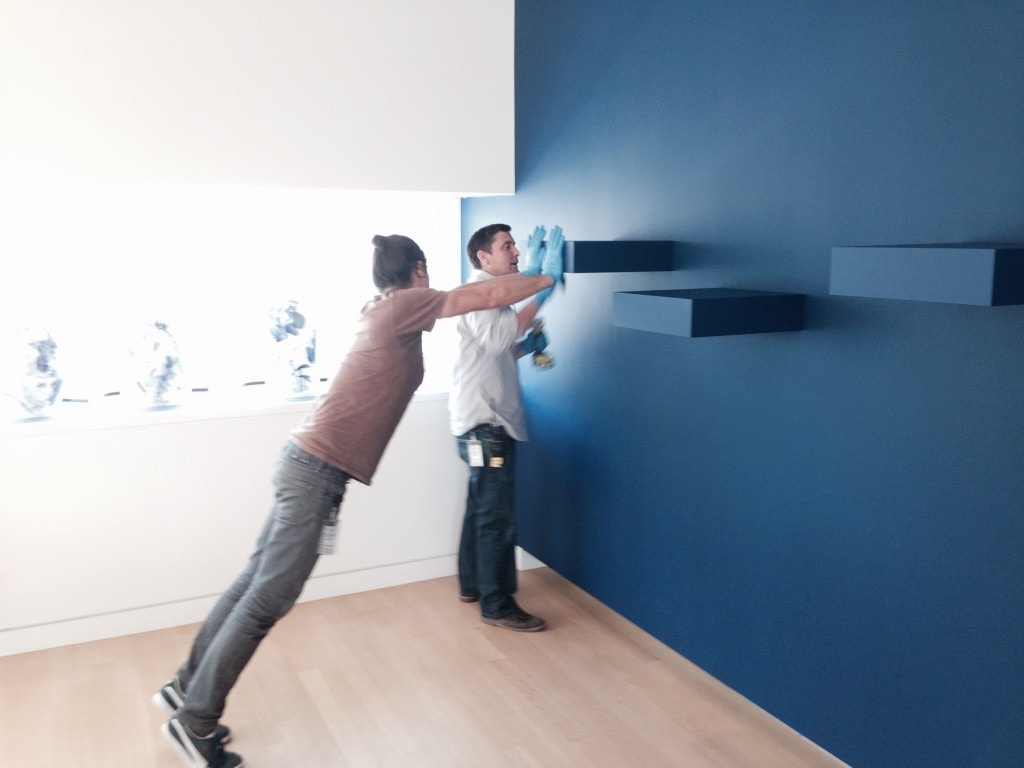
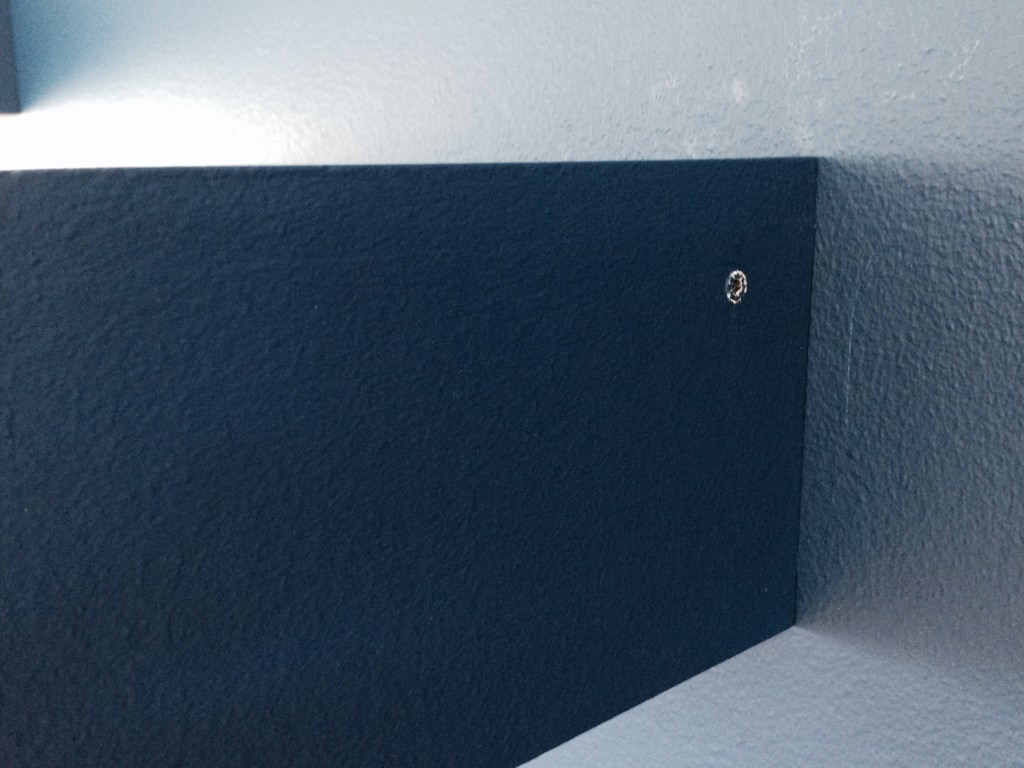
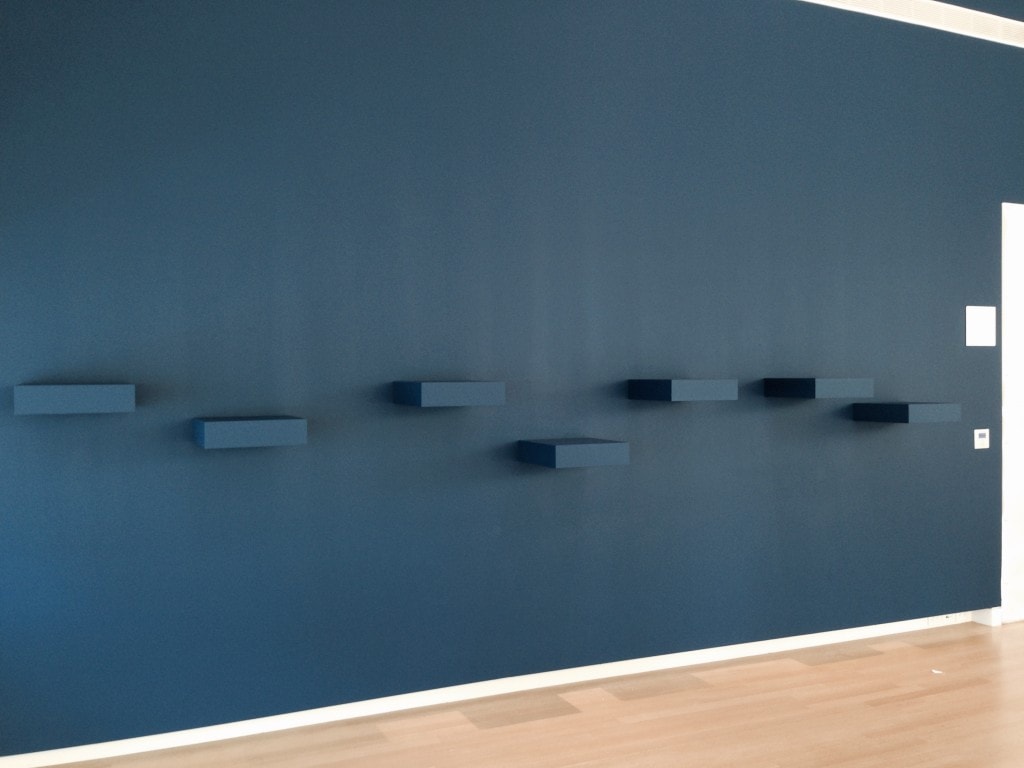
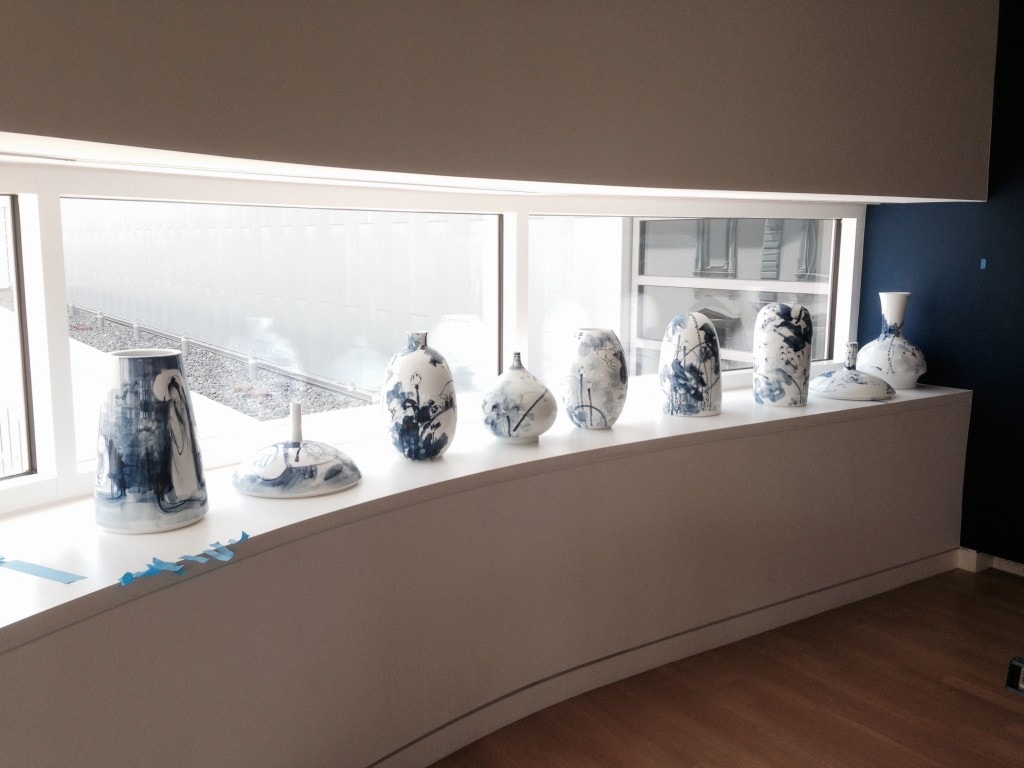
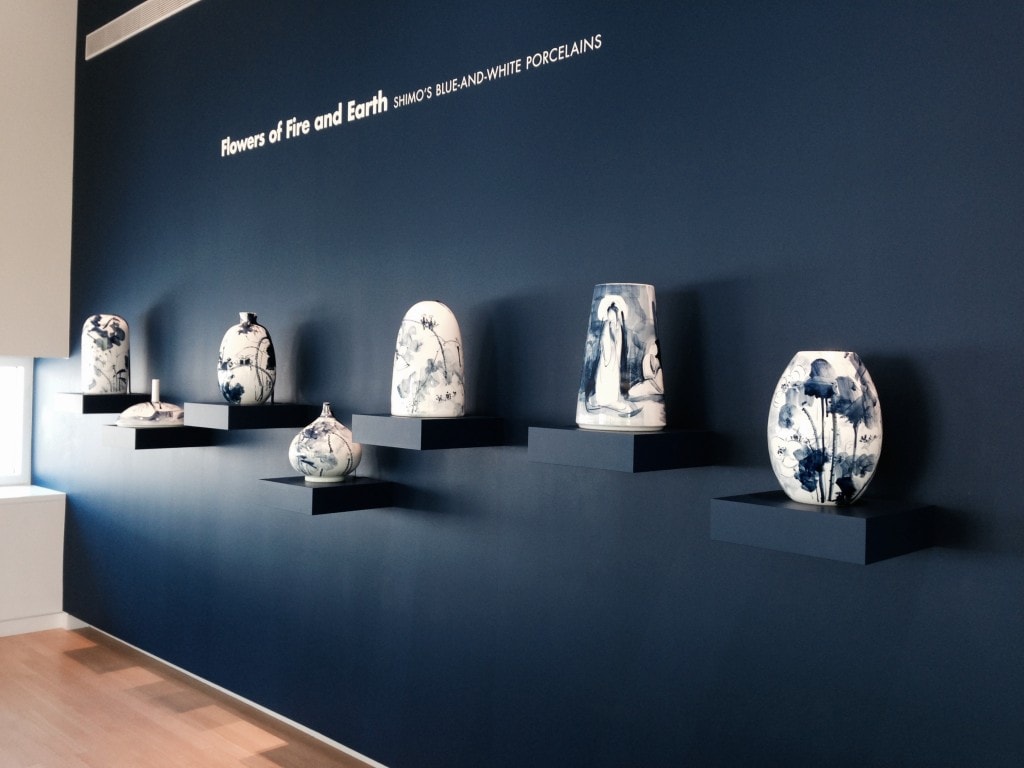
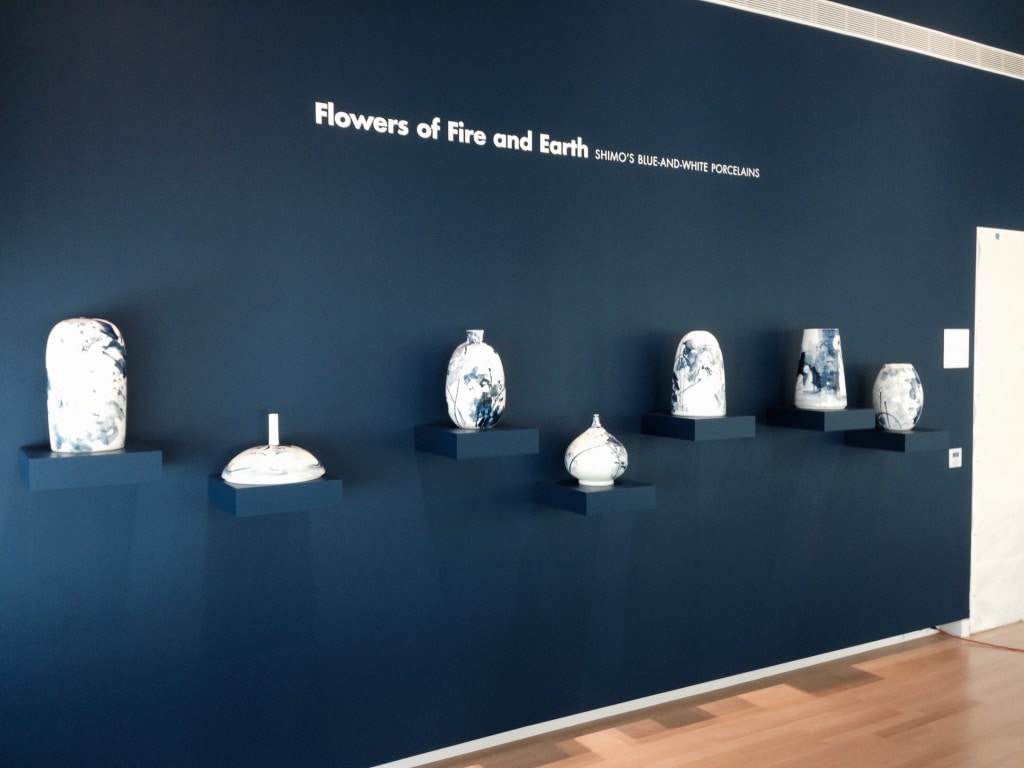
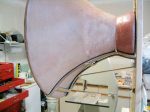
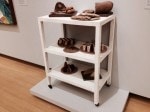


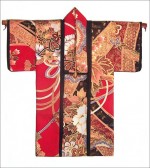
richard gould
Very attractive, but what about ADA?
Museum Trade
Thank you for your contribution. Yes, that’s a keen eye you have there. We realized that after the install as well. To solve this there’s a technique where you put trim on the floor so people feel and see this before running into the side of a shelf. Do you have pictures of some of your ADA solutions? We’d love an article on that if you’re up for it?